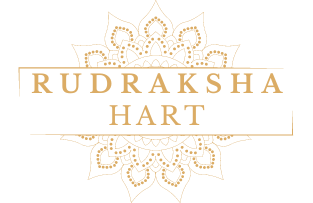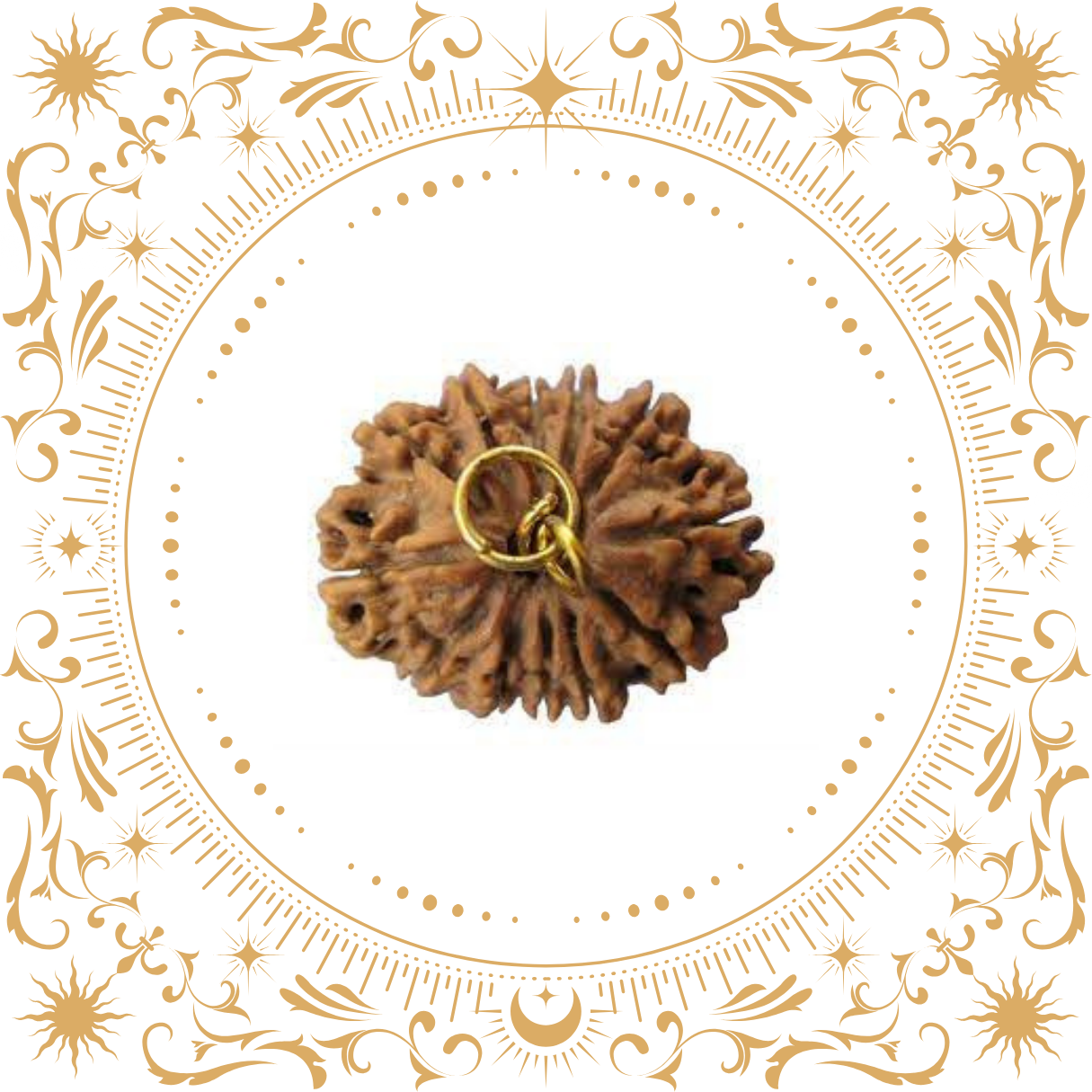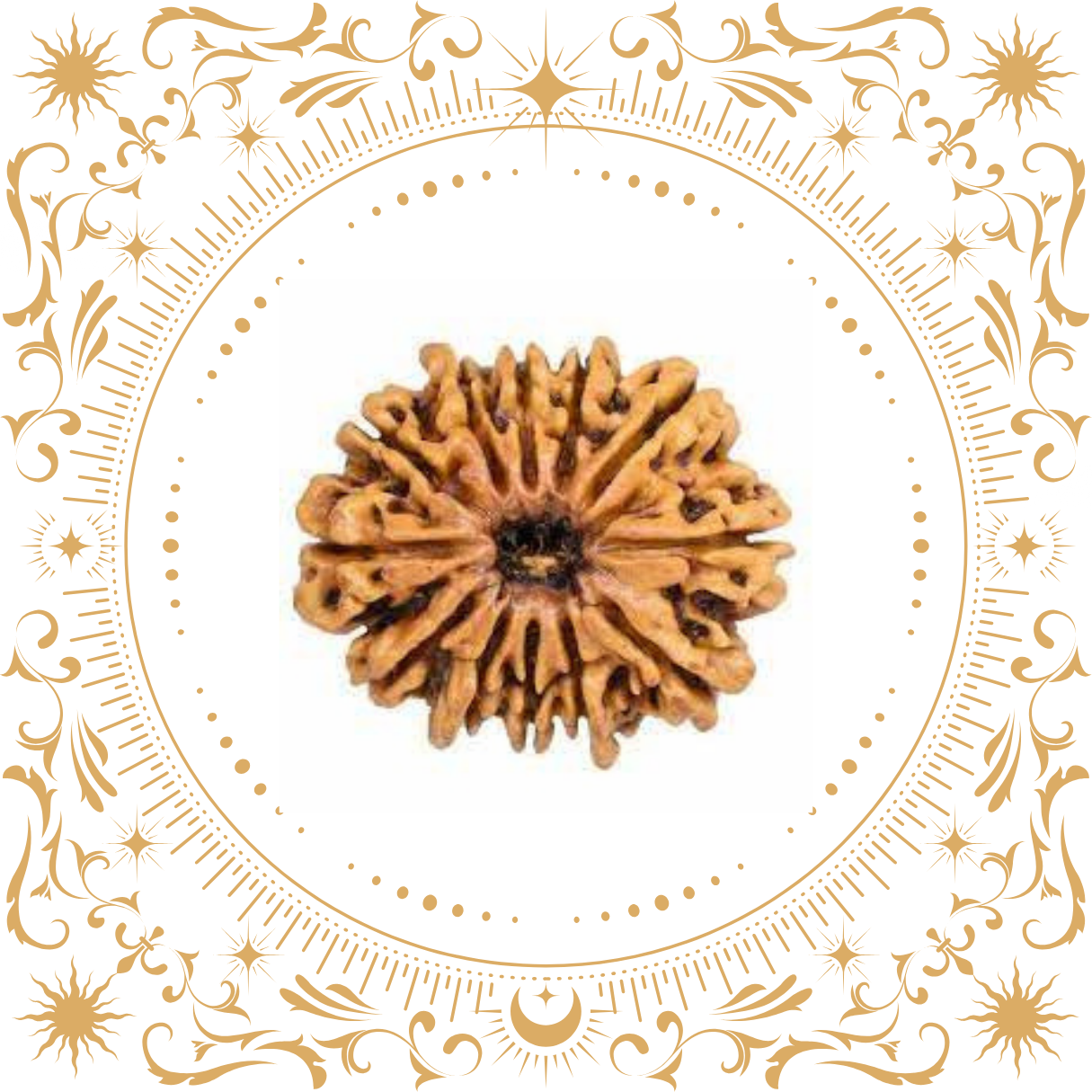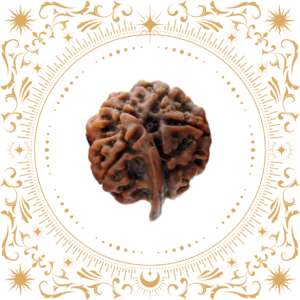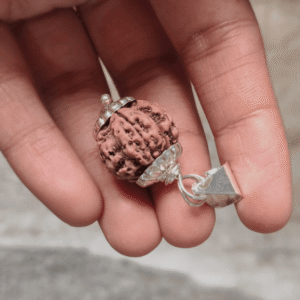The 12 Mukhi Rudraksha is characterized by the presence of twelve natural faces or Mukhis (sides) on its surface. Each face is marked by intricate lines or grooves, forming patterns that are distinctive to each individual bead. The bead typically exhibits a smooth and polished surface, emitting a natural radiance that enhances its aesthetic appeal.
In Hindu mythology, the 12 Mukhi Rudraksha is closely associated with Lord Vishnu, who is revered as the supreme deity responsible for maintaining cosmic order and balance. It is believed to embody the divine blessings and attributes of Lord Vishnu, making it a potent talisman for spiritual growth, protection, and prosperity.
The 12 Mukhi Rudraksha is revered for its numerous purported advantages and applications, including:
- Spiritual Evolution: Devotees believe that wearing the 12 Mukhi Rudraksha can facilitate spiritual evolution and inner transformation, guiding individuals on the path towards self-realization and enlightenment.
- Blessings of Lord Vishnu: The bead is said to invoke the blessings and grace of Lord Vishnu, fostering divine protection, guidance, and support in all endeavors.
- Protection from Negative Influences: It is believed to offer protection from negative energies, malevolent forces, and psychic attacks, creating a shield of divine energy around the wearer.
- Health and Well-being: The 12 Mukhi Rudraksha is associated with promoting physical health, vitality, and overall well-being, alleviating ailments and restoring balance to the body and mind.
- Prosperity and Abundance: Devotees attribute the bead with the ability to attract prosperity, abundance, and success into one’s life, facilitating material and spiritual growth.
- Harmonious Relationships: It is said to enhance relationships, foster harmony, and promote understanding and compassion among individuals, creating a supportive and nurturing environment.
Overall, the 12 Mukhi Rudraksha is revered as a sacred and potent tool for spiritual upliftment, divine protection, and overall well-being. It is often worn as a pendant, bracelet, or part of a mala (prayer beads) by devotees seeking its blessings and guidance in various aspects of life.
